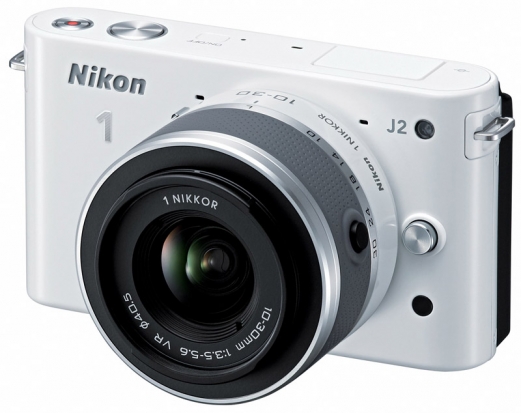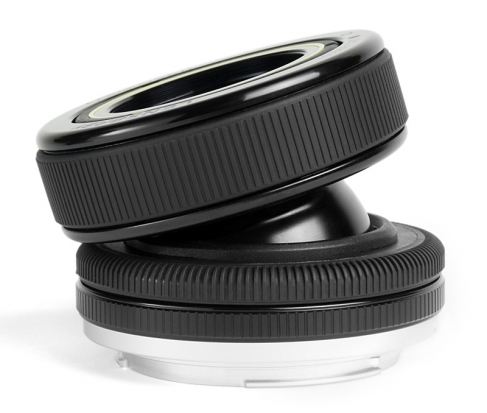
Nikon released its 1 series cameras, the J1 and V1, to a great deal of fanfare last year, insisting that they were game-changers in the world of mirror-less camera technology. The press release managed a sentence as gushingly hyperbolic as: 'These cameras don’t just manipulate light – they redefine photography by manipulating time…' But whilst the PR gurus wanted us to imagine that we were living in some kind of Sci-Fi fantasy with these cameras, the reality was slightly less fantastic. The general consensus was that they didn't offer enough control for people who wanted it, they were fiddly to use, the sensor was far too small, and they were expensive. Anyone wanting a mirror-less camera was better off looking elsewhere.
Eleven months on, and Nikon has announced the J1's cunningly named successor, the J2. Is this the camera that could make Nikon a serious force in the mirror-less camera market?
Ehm, no. Sorry to be so blunt this early in the morning. After wading through the general guff of the PR, you're looking at the same basic camera with the addition of some new toys and a cosmetic upgrade. It has the same 10 megapixel CMOS sensor; same EXPEED 3 processor; same sensitivity of ISO 100 to 3,200 (extendable to 6,400); same–admittedly very impressive–73 point phase-detection autofocusing; it even has the same Smart Photo Selector tool that automagically selects the five best shots from a run of 20 and presents them to you for your delectation.
So what is new? Presuming that there is actually something new and Nikon hasn't managed to send out the same press release 11 months later?
Well, they've added a Creative Mode to the dial, so that you can stitch panoramas or miniaturise or soft focus or selectively colour or take night landscapes or night portraits or backlight your images more easily.
The chassis is now made of metal, and comes in six (black, white, silver, red, pink, or orange) colours.
And the resolution of the LCD screen has been increased.
That, ladies and gentlemen, is about that. I've read the press release several times looking for something glaring that I've missed, but seriously, that's it. I'm beginning to think that J might stand for 'Joke'.
Oh, actually, I did miss something. The price has been dropped. With a 10-30mm kit lens, you're looking at $550. Yes, that's right, $550 for a camera that is essentially a glorified point-and-shoot. (Nikon UK was a bit slow off the mark with its PR, but UK pricing has just come through at £500; €605 in the Eurozone.)
Nikon, if you paid people to upgrade the J1 and they came up with this, then more fool you. This isn't an upgrade; this is the equivalent of a five year old sitting at her mother's dressing table and smearing lipstick over her mouth and jabbing a mascara wand into her eye. But the difference is that the five year old is cute and endearing; the J2 is an embarrassing joke.






